Imagine discovering that what you thought was a single living thing was actually three separate organisms working together in perfect harmony. This isn’t science fiction – it’s the remarkable reality of lichen, one of nature’s most deceptive collaborations. For centuries, scientists believed lichen was just another plant growing on rocks and trees, but the truth is far more extraordinary.
The Shocking Discovery That Changed Everything

In 1867, Swiss botanist Simon Schwendener dropped a bombshell on the scientific community that would revolutionize our understanding of symbiosis. He proposed that lichen wasn’t a single organism at all, but rather a partnership between a fungus and an alga. His colleagues ridiculed him, calling his theory “unnatural” and “absurd.”
The scientific establishment couldn’t accept that two completely different organisms could live together so intimately. Yet Schwendener’s radical idea would eventually prove correct – and then some. Modern research has revealed that lichen is actually an even more complex partnership than anyone imagined.
Meet the Three Players in This Biological Drama
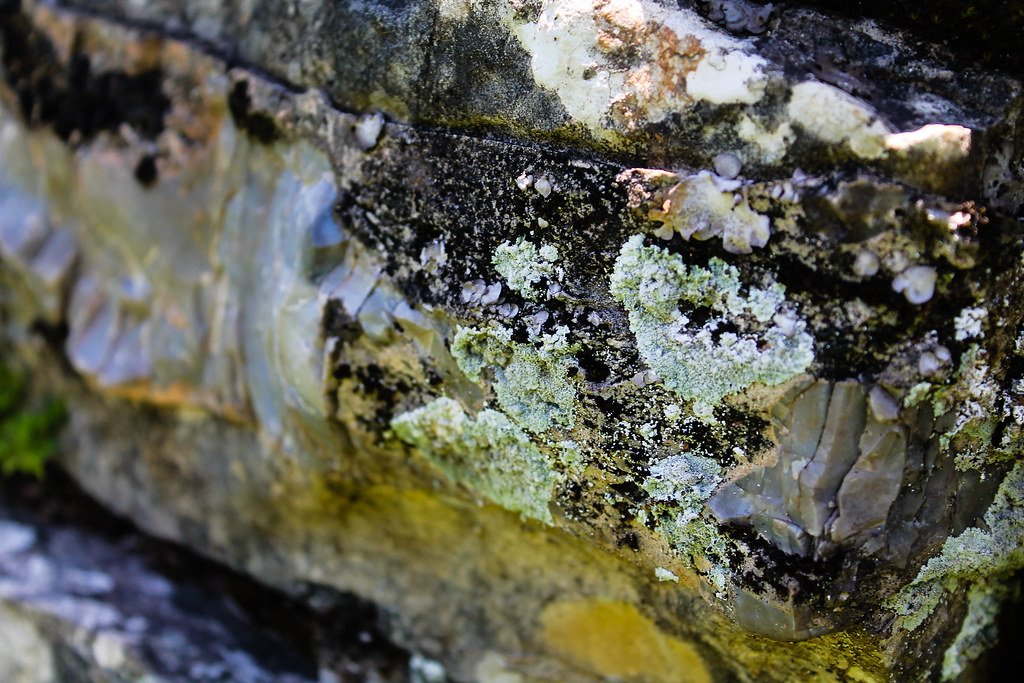
The lichen partnership involves three distinct organisms: a fungus (the mycobiont), an alga or cyanobacterium (the photobiont), and a yeast (the third partner discovered only recently). Each brings unique abilities to this biological consortium. The fungus provides structure and protection, forming the visible body we recognize as lichen.
The photosynthetic partner – either an alga or cyanobacterium – acts as the food factory, converting sunlight into sugars through photosynthesis. The yeast, discovered in 2016, appears to play a crucial role in producing the chemicals that give many lichens their distinctive colors and protective compounds.
How the Fungus Becomes the Architect

The fungus is the dominant partner, making up about 90% of the lichen’s body mass. It creates the structure that houses and protects the other organisms, forming intricate networks of thread-like filaments called hyphae. These fungal threads weave together to create the lichen’s characteristic forms – from crusty patches to elaborate, tree-like structures.
Think of the fungus as the contractor building a specialized apartment complex. It doesn’t just provide shelter; it also manages the plumbing system, controlling water absorption and retention. The fungal partner can even produce acids that slowly dissolve rock, creating the minerals needed for the partnership to thrive.
The Photosynthetic Partner’s Solar Power Station
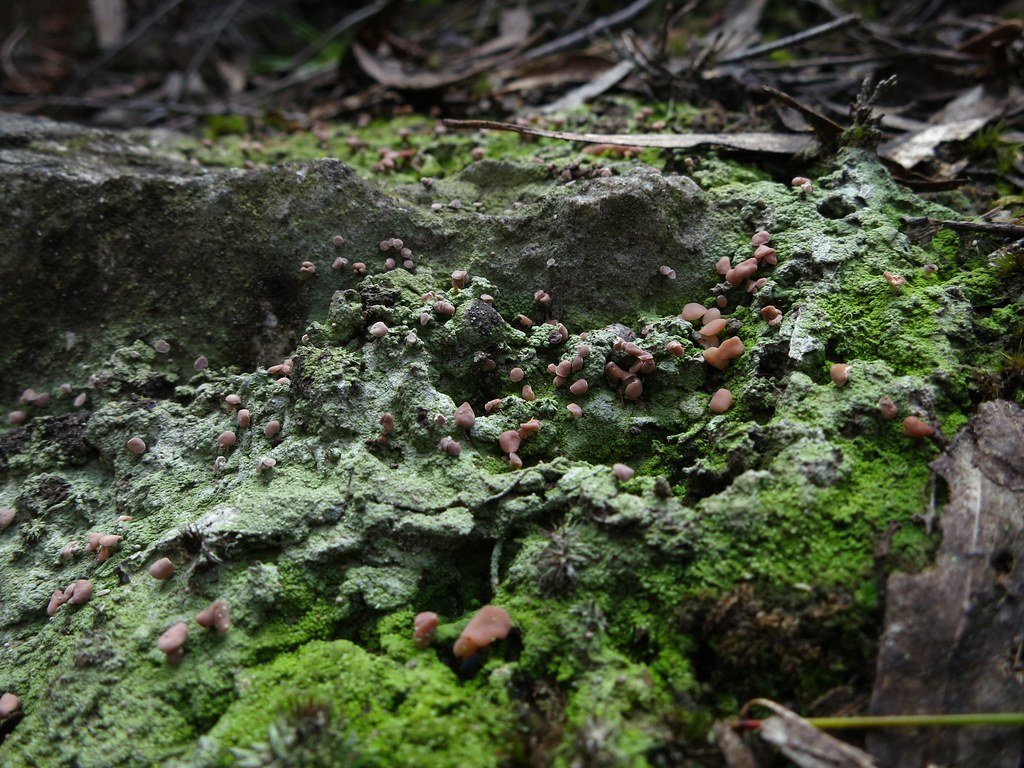
Nestled within the fungal framework, the photosynthetic partner operates like a microscopic solar power plant. These organisms – either green algae or blue-green cyanobacteria – capture sunlight and convert it into sugars that feed the entire lichen community. Without this partner, the fungus would starve, as fungi cannot produce their own food.
The photosynthetic cells are strategically positioned just beneath the lichen’s surface, where they can access maximum sunlight while remaining protected from harmful UV radiation. This arrangement is so efficient that lichens can survive in environments where other organisms would quickly perish from starvation.
The Mysterious Third Partner Finally Revealed

For over 150 years, scientists thought lichen was a two-way partnership. Then, in 2016, researchers at the University of Montana made a startling discovery that turned lichen biology upside down. Using advanced genetic sequencing techniques, they found yeast cells embedded throughout many lichen species.
This third partner had been hiding in plain sight all along. The yeast appears to be responsible for producing many of the secondary metabolites that give lichens their vibrant colors and unique chemical defenses. This discovery explains why some lichens with identical fungal and algal partners can look completely different – they have different yeast partners.
The Chemical Warfare Arsenal

Lichens are master chemists, producing over 800 unique compounds that don’t exist anywhere else in nature. These chemicals serve as antibiotics, antifungals, and UV protectants, helping the lichen survive in harsh environments. Many of these compounds are so potent that they’re being studied for potential medical applications.
The yeast partner appears to be the primary manufacturer of these chemical weapons. Some lichen compounds can kill bacteria, others prevent other organisms from settling on their surface, and still others act as natural sunscreen. This chemical arsenal makes lichens virtually indestructible in their chosen habitats.
How They Communicate Without Words
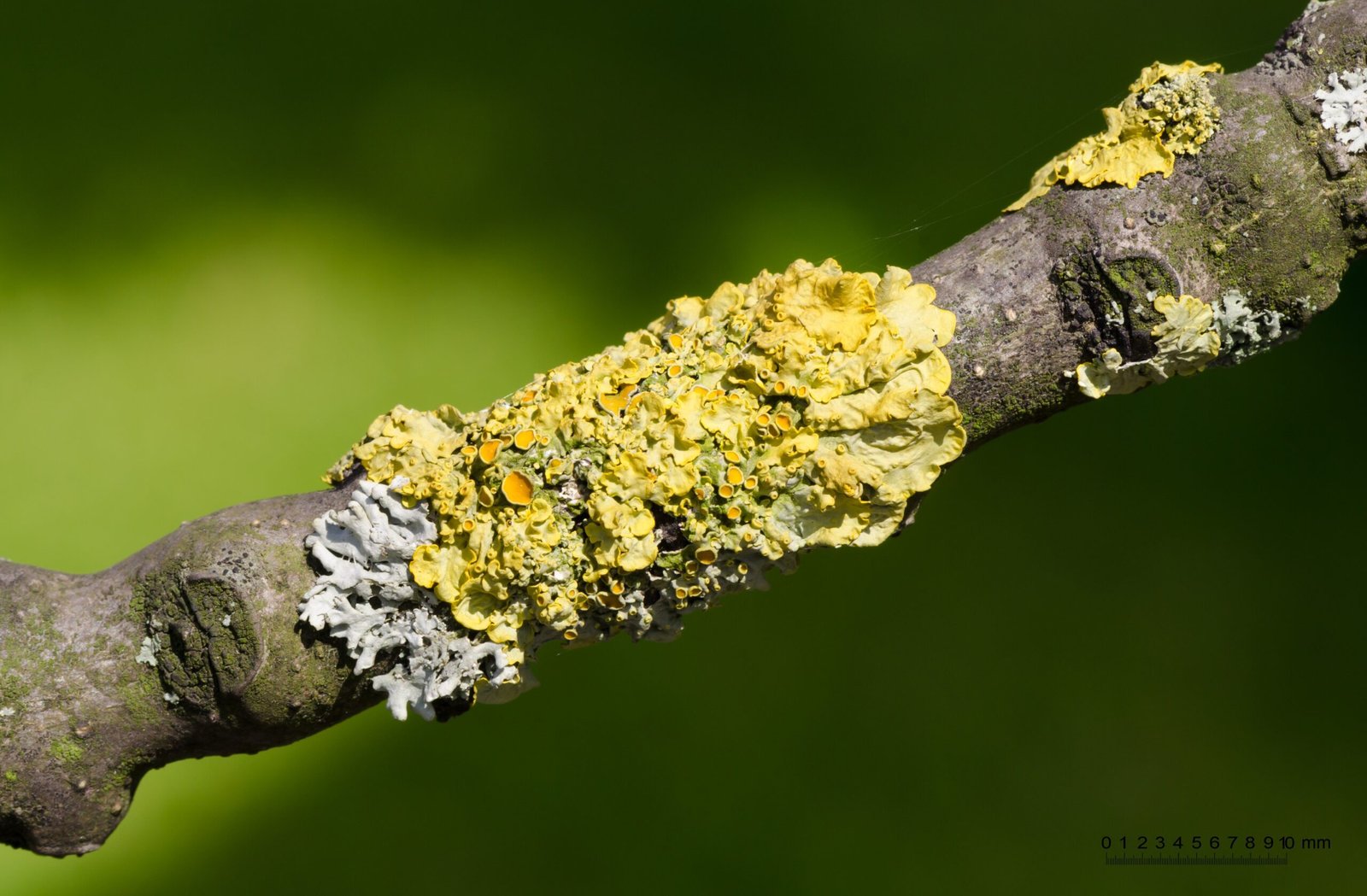
The three partners in a lichen don’t have nervous systems or vocal cords, yet they communicate constantly through chemical signals. The fungus releases compounds that regulate the photosynthetic partner’s activity, while the photosynthetic partner signals when it’s producing excess sugars. The yeast responds to signals from both partners, adjusting its chemical production accordingly.
This molecular conversation happens continuously, ensuring that each partner contributes appropriately to the collective survival. It’s like a perfectly choreographed dance where each participant knows their role without ever missing a step.
The Reproduction Riddle

One of the most fascinating aspects of lichen biology is how these complex partnerships reproduce. Unlike most organisms that simply make copies of themselves, lichens must somehow ensure that all three partners end up together in the offspring. Some lichens solve this problem by producing specialized structures called soredia – tiny packages containing cells from all three partners.
Other lichens use a different strategy called fragmentation, where pieces of the parent lichen break off and establish new colonies. The most remarkable approach involves the fungus producing spores that must somehow find compatible photosynthetic and yeast partners to create a new lichen – a biological lottery with incredibly long odds.
Extreme Survival Champions
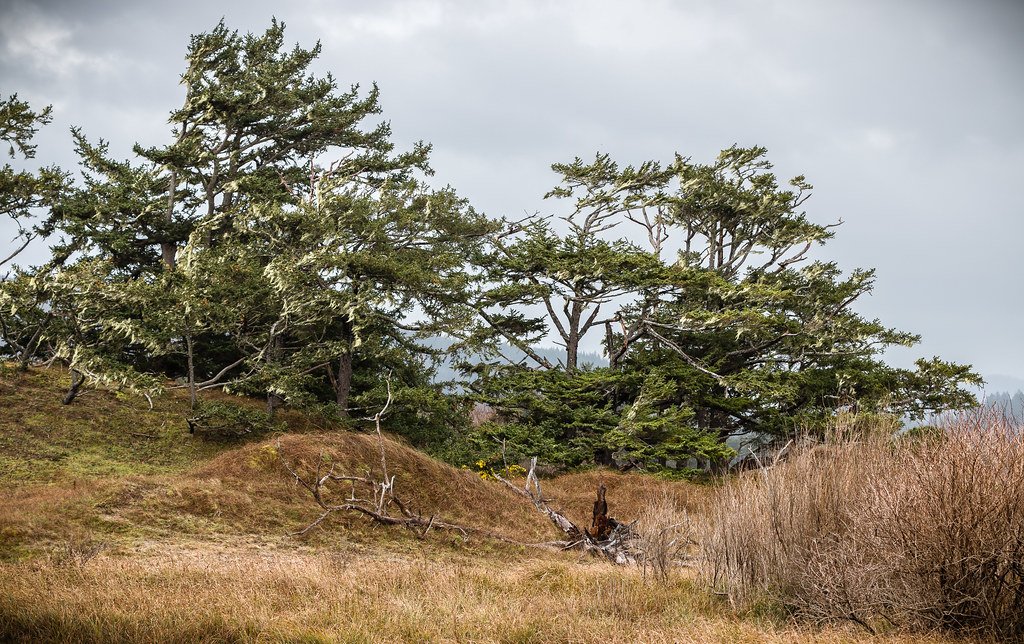
Lichens are nature’s ultimate survivors, capable of living in environments that would kill most other organisms. They thrive in the Arctic tundra, scorching deserts, and even on bare rock faces where nothing else can grow. Some lichens can survive being completely dried out for months, then spring back to life when water becomes available.
Their three-way partnership is the key to this incredible resilience. The fungus provides protection from physical damage and desiccation, the photosynthetic partner ensures a steady food supply, and the yeast produces protective chemicals. Together, they create a living fortress that can withstand almost anything nature throws at them.
The Slow-Motion Life

Lichens live life in the slow lane, growing at a pace that makes glaciers seem speedy. Some species grow less than a millimeter per year, meaning that a dinner plate-sized lichen might be hundreds of years old. This incredibly slow growth rate is actually an advantage, allowing lichens to invest most of their energy in survival rather than reproduction.
The leisurely pace of lichen life also means they’re excellent record-keepers. Scientists use lichen growth rates to date ancient rock surfaces and study climate changes over centuries. Some lichens are so old they were already established when Columbus reached the Americas.
Nature’s Air Quality Monitors

Lichens are incredibly sensitive to air pollution, making them living barometers of environmental health. Because they absorb nutrients and moisture directly from the air, they quickly accumulate pollutants like sulfur dioxide and heavy metals. Different species have varying tolerances to pollution, creating a natural gradient that scientists use to assess air quality.
In heavily polluted areas, lichens simply disappear, while cleaner environments support diverse lichen communities. This sensitivity has made lichens valuable tools for environmental monitoring, often detecting pollution problems before expensive instruments can measure them.
The Color Code Mystery

Lichens display an incredible array of colors – from brilliant yellows and oranges to deep purples and electric greens. These vibrant hues aren’t just for show; they serve important protective functions. Many of the pigments act as natural sunscreens, protecting the photosynthetic partner from damaging UV radiation.
The discovery of the yeast partner has helped solve the mystery of lichen coloration. Different yeast species produce different pigments, which explains why lichens with identical fungal and algal partners can have completely different appearances. It’s like having different interior decorators working with the same basic building materials.
Ancient Partnerships with Modern Relevance

Lichens represent some of the oldest partnerships on Earth, with fossil evidence suggesting they’ve been around for at least 400 million years. They may have been among the first organisms to colonize land, helping to break down rocks and create the first soils. Their ability to survive in extreme conditions makes them excellent models for understanding how life might exist on other planets.
Modern biotechnology is increasingly interested in lichen partnerships as models for creating artificial symbioses. The idea of combining different organisms to create new capabilities has applications in everything from biofuel production to space exploration.
Lichens in Human Culture

Throughout history, humans have found countless uses for lichens, from food and medicine to dyes and perfumes. Arctic peoples have long relied on certain lichens as emergency food sources, while ancient civilizations used lichen-derived dyes to color their finest textiles. Some traditional medicines still incorporate lichen extracts for their antibiotic properties.
The famous purple dye worn by Roman emperors likely came from lichens, and even today, some luxury perfumes contain lichen extracts. These humble organisms have been quietly influencing human culture for millennia, though few people realize their significance.
The Future of Lichen Research

The discovery of the third partner in lichen symbiosis has opened up entirely new avenues of research. Scientists are now investigating whether other “dual” partnerships in nature might actually involve additional partners that have gone unnoticed. Advanced genetic sequencing techniques are revealing hidden complexity in biological relationships throughout the natural world.
Researchers are also exploring the potential applications of lichen compounds in medicine, particularly as sources of new antibiotics and anti-cancer agents. The unique chemistry of these three-way partnerships may hold keys to solving some of humanity’s most pressing health challenges.
What This Means for Our Understanding of Life

The lichen story challenges our basic assumptions about what constitutes an individual organism. If a lichen is actually three organisms functioning as one, where do we draw the line between self and other? This question has profound implications for how we understand evolution, cooperation, and the nature of life itself.
The discovery also highlights how much we still don’t know about the natural world. If scientists could overlook the third partner in lichen for over 150 years, what other hidden relationships are waiting to be discovered? Every time we think we understand an organism completely, nature reveals another layer of complexity.
The Ultimate Lesson in Cooperation
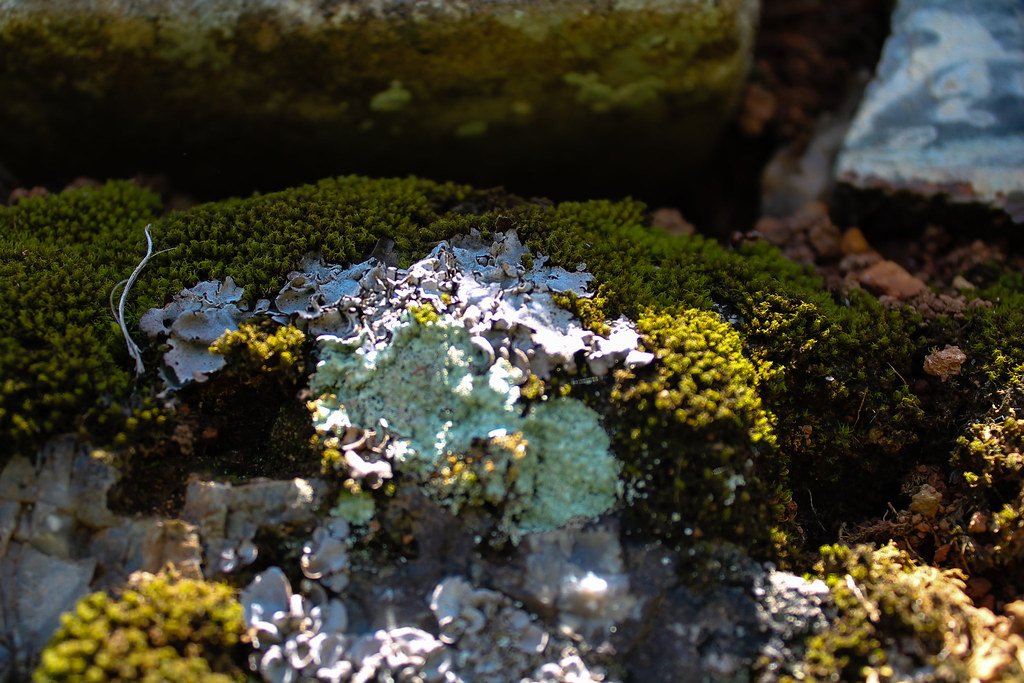
Lichens represent the ultimate success story of cooperation over competition. Instead of fighting for resources, three completely different organisms found a way to work together, creating something greater than the sum of their parts. This partnership has been so successful that lichens have colonized virtually every habitat on Earth, from tropical rainforests to Antarctic rocks.
In our increasingly interconnected world, the lichen partnership offers a powerful model for collaboration. When diverse entities contribute their unique strengths to a common goal, the results can be extraordinary. The next time you see a patch of lichen growing on a tree or rock, remember that you’re looking at one of nature’s most successful collaborations – a living testament to the power of working together.
Perhaps the most remarkable thing about lichens isn’t just that they’re three organisms in disguise, but that this secret partnership has been thriving right under our noses for millions of years. What other hidden collaborations might be waiting for us to discover them?




